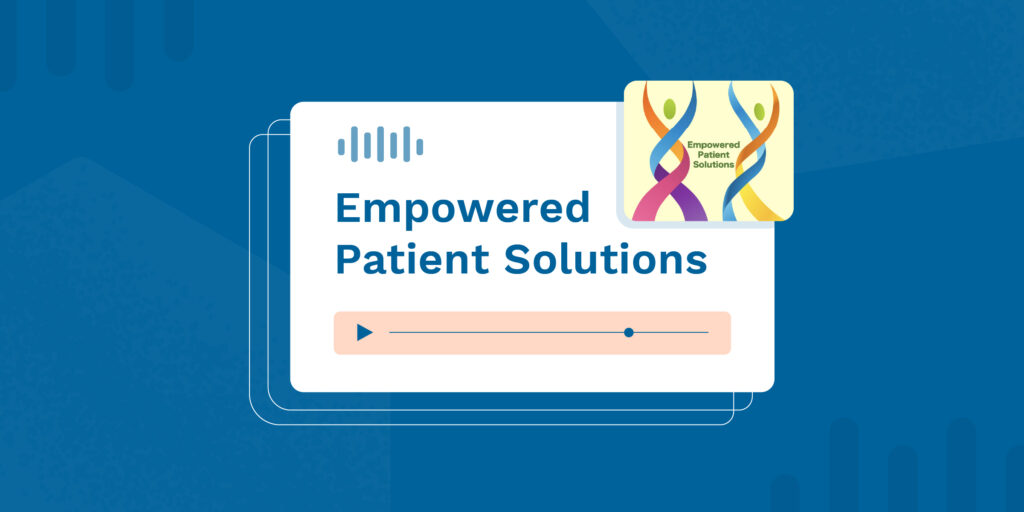Medical professionals, law enforcement, and policy makers are working tirelessly to put a stop to the opioid crisis sweeping our nation. Yet, there are many that do not fully understand the crisis at hand. On March 15, 2016, the Center for Disease Control and Prevention (CDC) released the CDC Guideline for Prescribing Opioids for Chronic Pain drawing attention to the crisis with the hope to “optimize care and improve patient safety.”
In 2014, 28,647 deaths were attributed to opioid overdose reported by the CDC. According to America’s Addiction to Opioids: Heroin and Prescription Drug Abuse, over 2.1 million people in the United States are battling opioid addiction. When prescription opioids are no longer available, patients turn to heroin. “Once someone is addicted to opioids, heroin is cheaper, it’s more readily available. But the pills shouldn’t be prescribed in the first place.” said Dr. Stephen Ross, director of addiction psychiatry at NYU Langone Medical Center.
Milwaukee DEA Assistant Special Agent in Charge Robert Bell, pleads for increased efforts, “Law enforcement cannot do it alone. Healthcare systems need to change prescriber practices to reduce availability of controlled painkillers.”
What Now?
State policy makers have been busy passing legislation to allow for statewide prescription monitoring programs (PMP). To date, 49 states have implemented PMPs giving providers more information regarding patient prescription habits to reduce over-prescribing, alert of doctor shopping, and combat addiction. While prescription monitoring programs are advantageous in the battle against the opioid crisis, “electronic prescribing of controlled substances reduces fraud and keeps patients from getting multiple prescriptions for the same drug, but only three states require it.” In the fight against the nation’s opioid crisis, we must encourage physicians and policymakers to use all of the tools at their disposal, from prescription monitoring programs and ePrescribing to addiction education and awareness.




